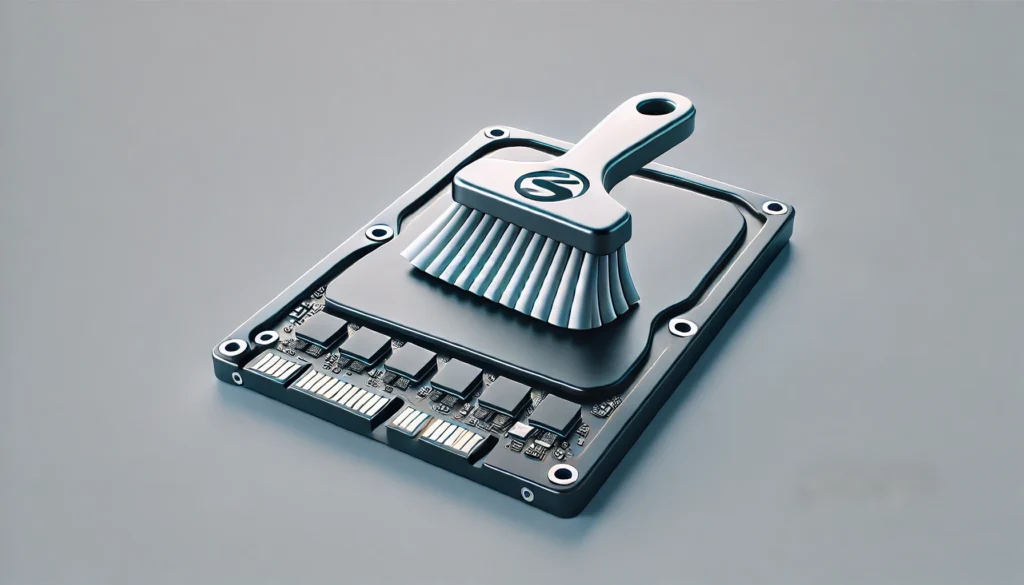Some of you may remember the days when devices - like my parents' printer, which is already 12 years old and still works perfectly - seemed almost indestructible and if something broke you could repair the printer. Unfortunately, those times have changed.
The durability of printers today
Many of today's particularly inexpensive printer models often show unexpected problems after the warranty period has expired. This raises the question of whether it makes sense to have a printer repaired under these circumstances.
Repairing printers: Challenges in the repair process
Repairing modern printers (in the 2.3-digit range) is a significant challenge as spare parts are virtually unavailable. We often encounter a problem when it comes to the print head or the printer drum, which are the most important parts of the printers. If these are defective, the repair is uneconomical. The price of a new device is usually lower than the repair costs including the parts (which are virtually non-existent). This leads to a frustrating situation in which an otherwise functional printer has to be disposed of for financial reasons.
The manufacturers' business strategy
One point that should not go unmentioned in this context is the business model of many printer manufacturers. This is based on the sale of ink cartridges and toners. The devices themselves are often offered at low prices, with the actual profit margin lying in the consumables.
This practice contributes to a throwaway mentality, which not only places a greater financial burden on the environment, but also on the consumer in the long term.
When is it worth having a printer repaired?
A repair definitely makes sense in the business sector. Expensive (4-digit) printer models designed for professional use are generally more durable and easier to repair. This is due to the fact that they are very often modular in order to make life easier for technicians.
Repair can be a cost-effective option for companies investing in such devices, as it extends the life of the printer and reduces the total cost of ownership.
Conclusion
The decision to have a printer repaired ultimately depends on three things:
- the price of a new printer,
- the availability of spare parts,
- the costs of a possible repair
Our experience shows that repairing inexpensive models is not worthwhile at all. In contrast, repairing a high-quality printer for professional use can be a worthwhile investment.
As a customer, you are faced with the challenge of either buying a high-quality and therefore expensive device that can be repaired in the long term, or choosing a cheaper model with the risk of having to replace it in the event of a defect.
Ultimately, everyone has to make a decision based on their own needs and values.



